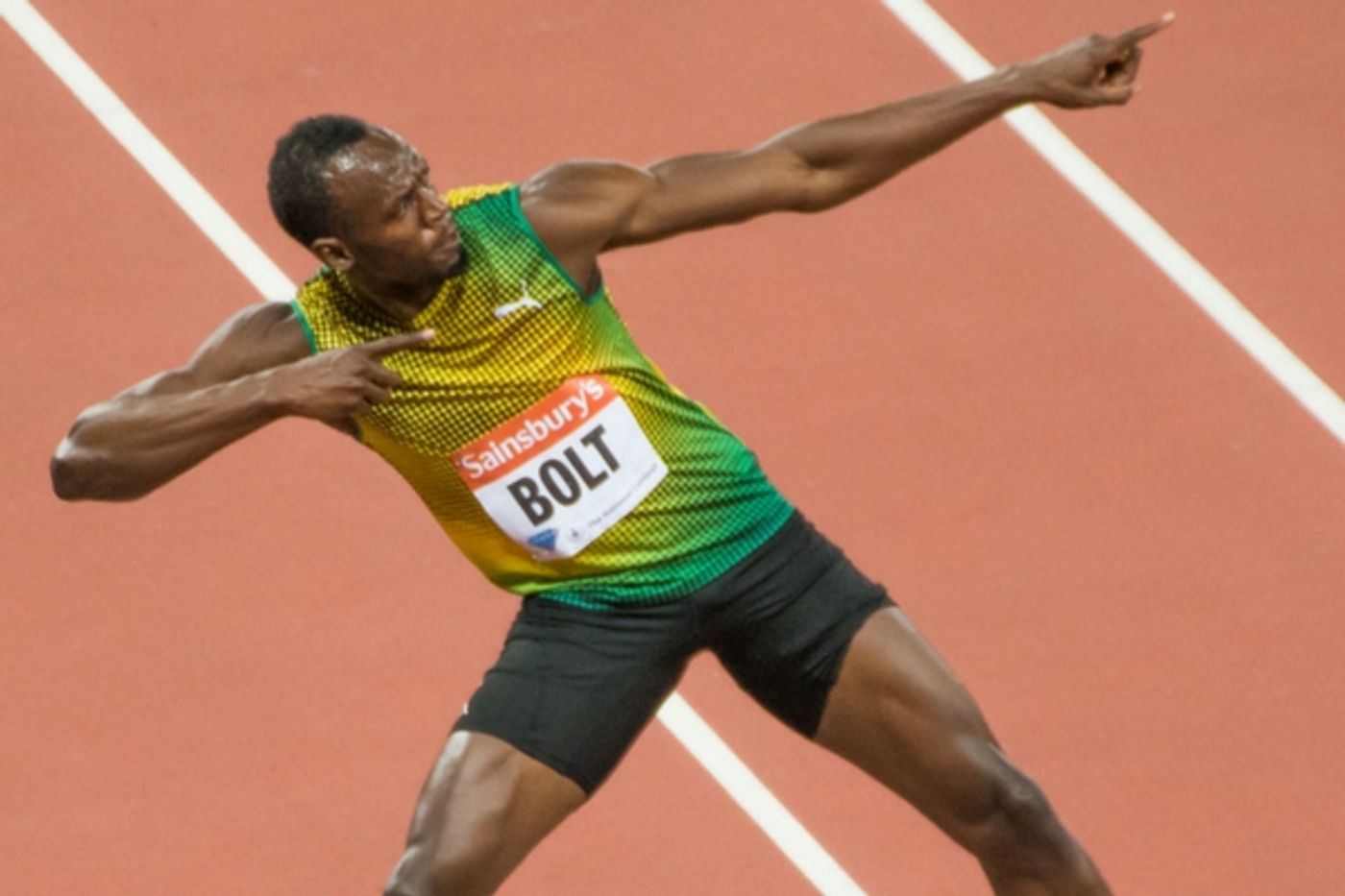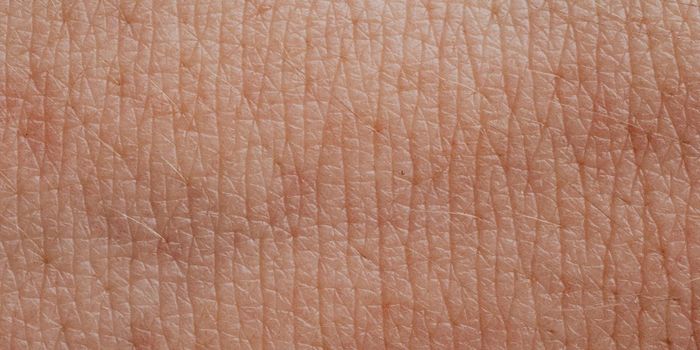The Olympics are over and while there were dozens of amazing moments for the millions that watched, some of what the athletes did to be their best wasn’t really in the spotlight. Halo Neuroscience, a company that specializes in neurotechnology for a variety of applications, was behind some of the training for several athletes. Their device, called Halo Sport, is a set of headphones that can be worn. while the athlete's brain receives low level electrical current. The company calls it “neuropriming” and it’s used to stimulate the brain for improved performance.
Athletes that used the device at the games included Hafsatu Kamara, a 100m sprinter from Sierra Leone, Michael Tinsley, a 400m hurdler from the United States who took the silver medal in London, Mike Rodgers, a 4x100m relay sprinter for the United States and Mikel Thomas, a 100m hurdler from Trinidad & Tobago who made his first Olympics appearance in the 2008 Beijing Olympics.
Daniel Chao, CEO and co-founder of Halo Neuroscience said in a press release, "We're thrilled to be working with Summer Olympics athletes who understand and believe in Halo Sport and, more importantly, are getting better results from their training. Each athlete brings a unique background and training regimen to Rio this summer, and the training we're doing continues to build on the work we've done with athletes from the Winter Olympics, military, NFL, NBA, and MLB."
Halo Sport is designed to stimulate the brain’s motor cortext. Using transcranial direct current stimulation( tDCS) low wattage current is passed through the headsets to the scalp of the wearer. Halo Sport has several soft foam spikes that go across the top and the current is passed through these to areas of the brain. The makers of the device liken it to good nutrition that supports a healthy body and strong muscles. The company believes that much like keeping the body primed for optimal performance, wearable tech devices can keep the brain in tip top shape in the high stakes of the Olympic Games.
There is some skepticism however. Ted Zanto, a neuroscientist at the University of California, San Francisco told CNet “Brain stimulation is not a one size fits all. I don't know if this will make an athlete incrementally better or worse." To date there are no studies on tDCS in high performance sports. While some studies show improvement in behavioral tasks, learning and memory, there has been no work with athletes at the Olympic level. A study from 2013 conducted in the UK by Michael J. Banissy et al raised questions about increased sports performance as well as the ethics involved. As yet, there is no prohibition on using the devices, but since the field of neurostimulation is still evolving, more information and solid research is needed to insure the devices are safe and don’t give competitors an unfair advantage.
Halo Sport is not yet available to the general public, but given the positive publicity from athletes who used it in Rio the company has opened up pre-sales for the device. They hope to begin sales to the general public in late fall. The video below has more information from some of the Olympians that used the device in Rio and what they thought of it.
Sources:
CNET,
PubMed,
Nature









